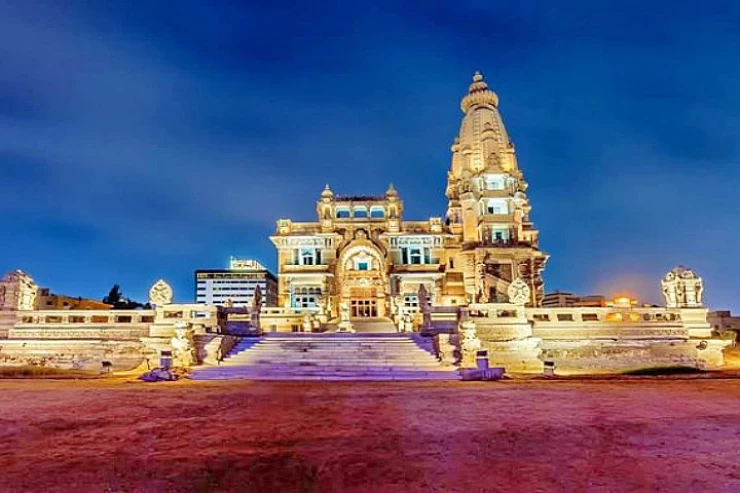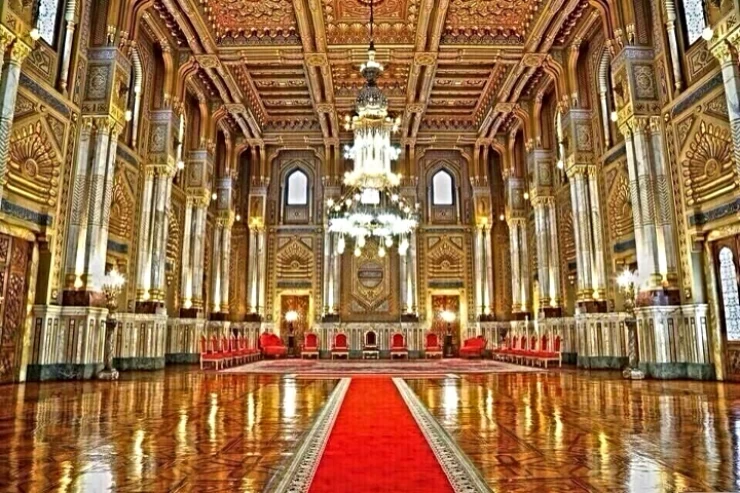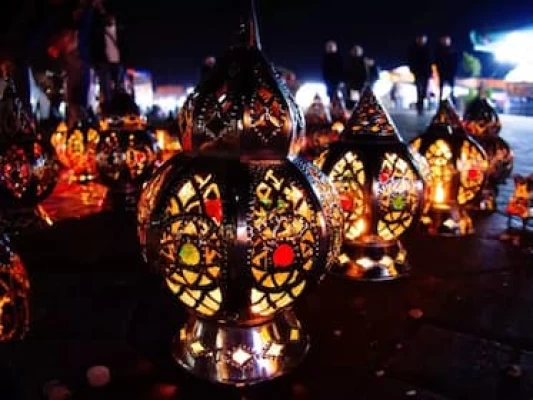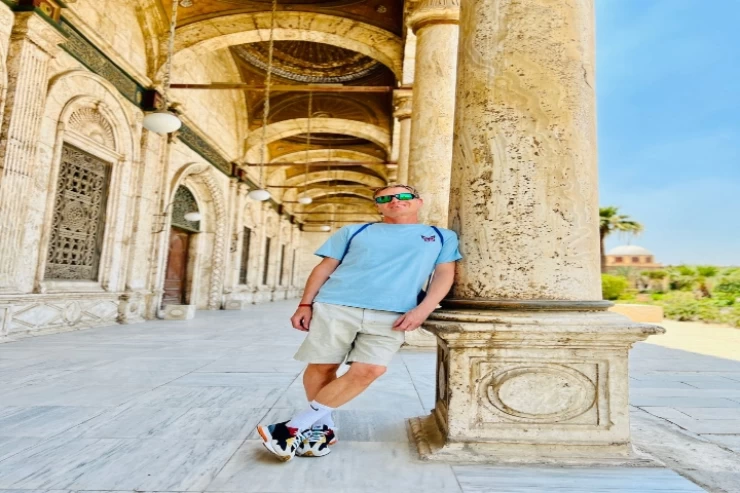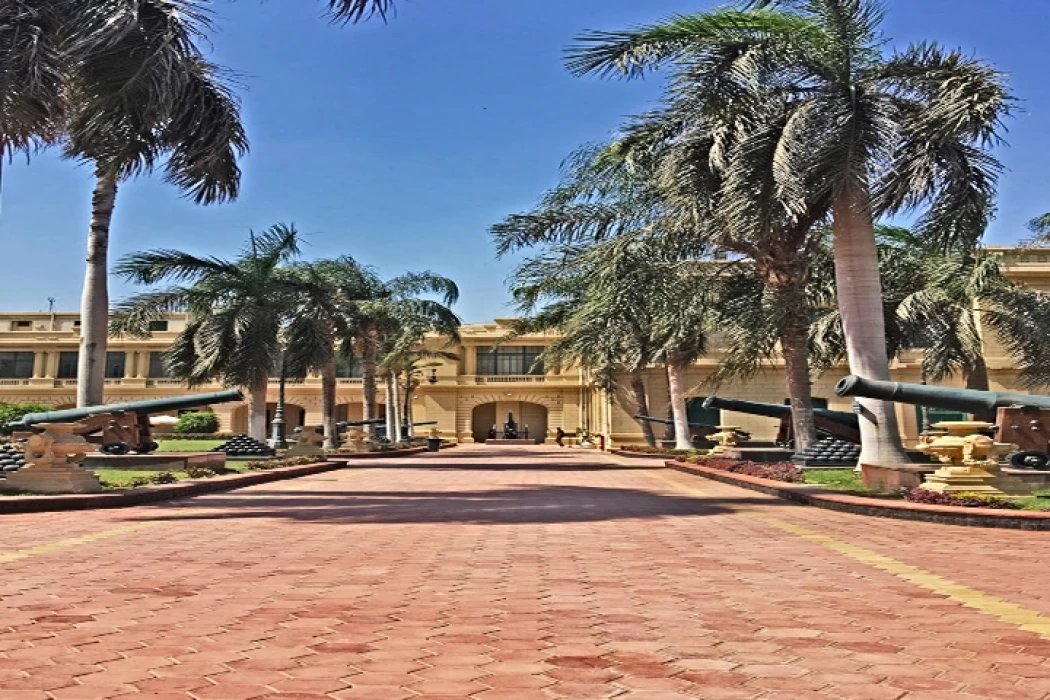
Abdeen Palace Museum - Cairo
Facts about Abdeen Palace
Abdeen Palace is considered one of the rare historical masterpieces in terms of form and content, as it reflects the luxury and high taste in which the palace was built. It is one of the most important palaces built by the Muhammad Ali Pasha family in Egypt. It was the seat of government from 1872 to 1952. Khedive Ismail thought of building his palace in Cairo in the European style, and it is rumored that he admired a woman in his youth—Empress Eugenie, wife of Napoleon III—when he was studying in Paris, and he wanted to make Egypt like Europe just to please her, and that he named one of the palace gates "Paris Gate" in her honor.
As you wander around Abdeen Palace, you will feel as if you are watching history being repeated. The palace, which has preserved the splendor of everything in it, has turned it into a museum that reflects the grandeur with which it was built. Abdeen Palace is not a single museum or an archaeological masterpiece, but rather four different museums: the first is the Weapons Museum, which includes a section for white weapons, firearms, and the cannon square, in addition to the Medals and Decorations Museum, which includes royal possessions, medals, decorations, and medals, while the Silver Museum is the third museum in the palace, which is dedicated to preserving the royal family’s possessions made of gold, silver, crystal, and colored crystal.
What is inside Abdeen Palace
The Museum of Historical Documents inside the palace is the newest addition to the palace and was opened in 2004. This museum includes many important historical documents from the era of Muhammad Ali Pasha until King Farouk I, the last king of Egypt. Among the many Egyptian historical landmarks that were built during the times of Muhammad Ali Pasha’s reign in Egypt, Abdeen Palace is considered the most well-known palace because it was an administrative center from 1872 until 1952, in addition to being the first beginning of the emergence of modern Cairo. At the same time that the palace was being built, Khedive Ismail ordered the planning of Cairo in the European style, with spacious squares, wide streets, palaces, buildings, bridges on the Nile, and gardens rich in trees, palm trees, and rare plants.
Why is Abdeen Palace called by this name
The term “Abdeen” traces its origins to one of the military leaders during Muhammad Ali Pasha’s administration who had a modest Palace in the location of the present day palace. Following his death and the ascendance of Khedive Ismail to the throne in Egypt in the year 1863, he purchased the Palace from the widow of the commander and forthwith commanded that the Palace be built on that plot of land, and annexed other parcels of land to it.
How many rooms are there in Abdeen Palace?
It features 500 guestrooms, a collection boasting over 55,000 volumes, and most notably features the White Salon, King Farouk's office, the Suez Canal Salon, the Byzantine Hall, the Throne Room, dining room, a billiard area gifted by Empress Eugenie to Khedive Ismail, the Harem Wing, which contains a variety of gilded antiques, statuettes, carpets, and timepieces, as well as the King Farouk’s Wing, Queen Farida’s Wing, and the Auxiliary Wing for the Crown Prince.
What is the cost of tickets for Abdeen Palace Museum?
A: The entry fee for Abdeen Palace Museum costs 20 EGP for locals while foreigners pay 100 EGP. Those aged below 6 years are not charged any entry fees.







